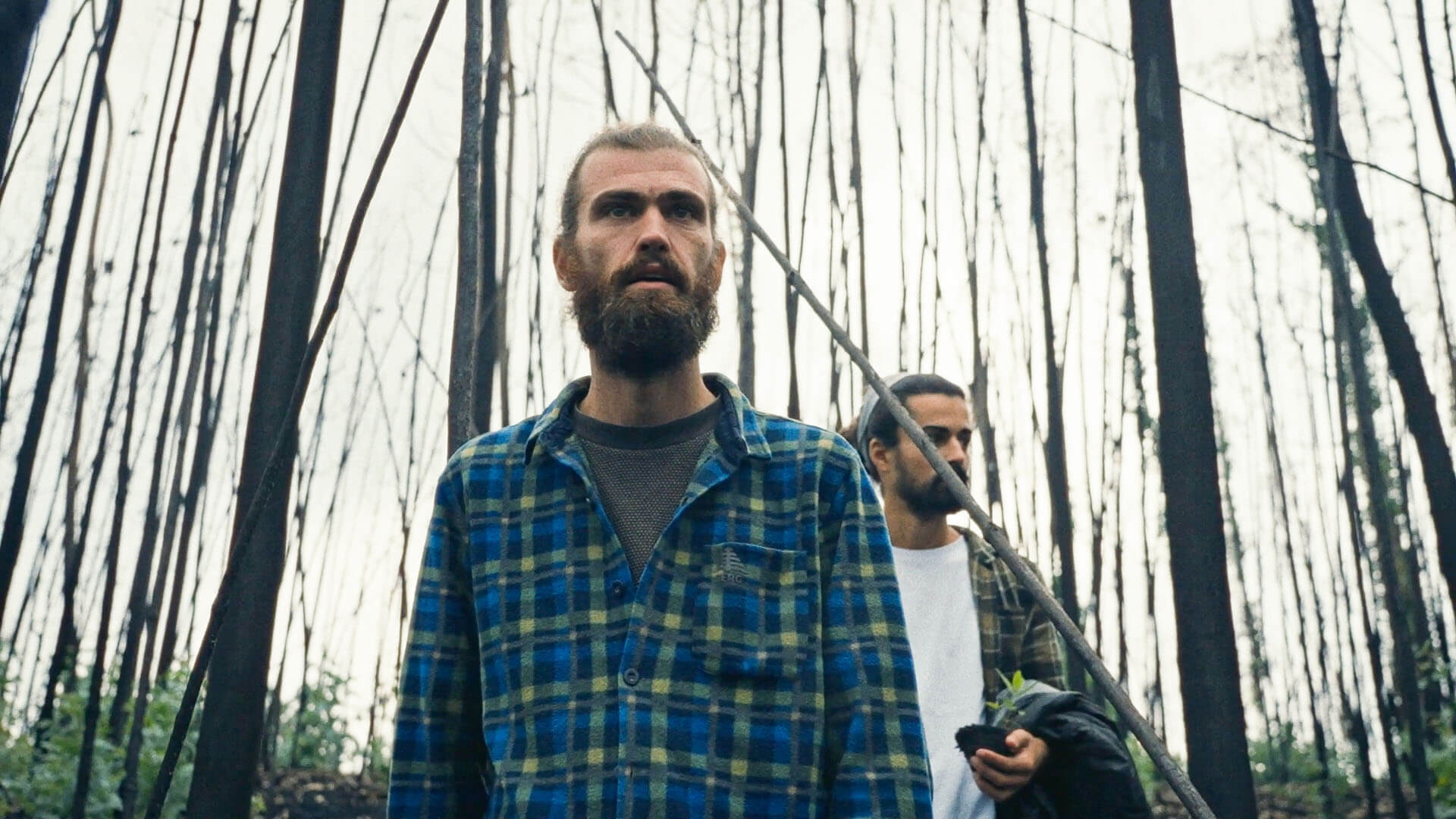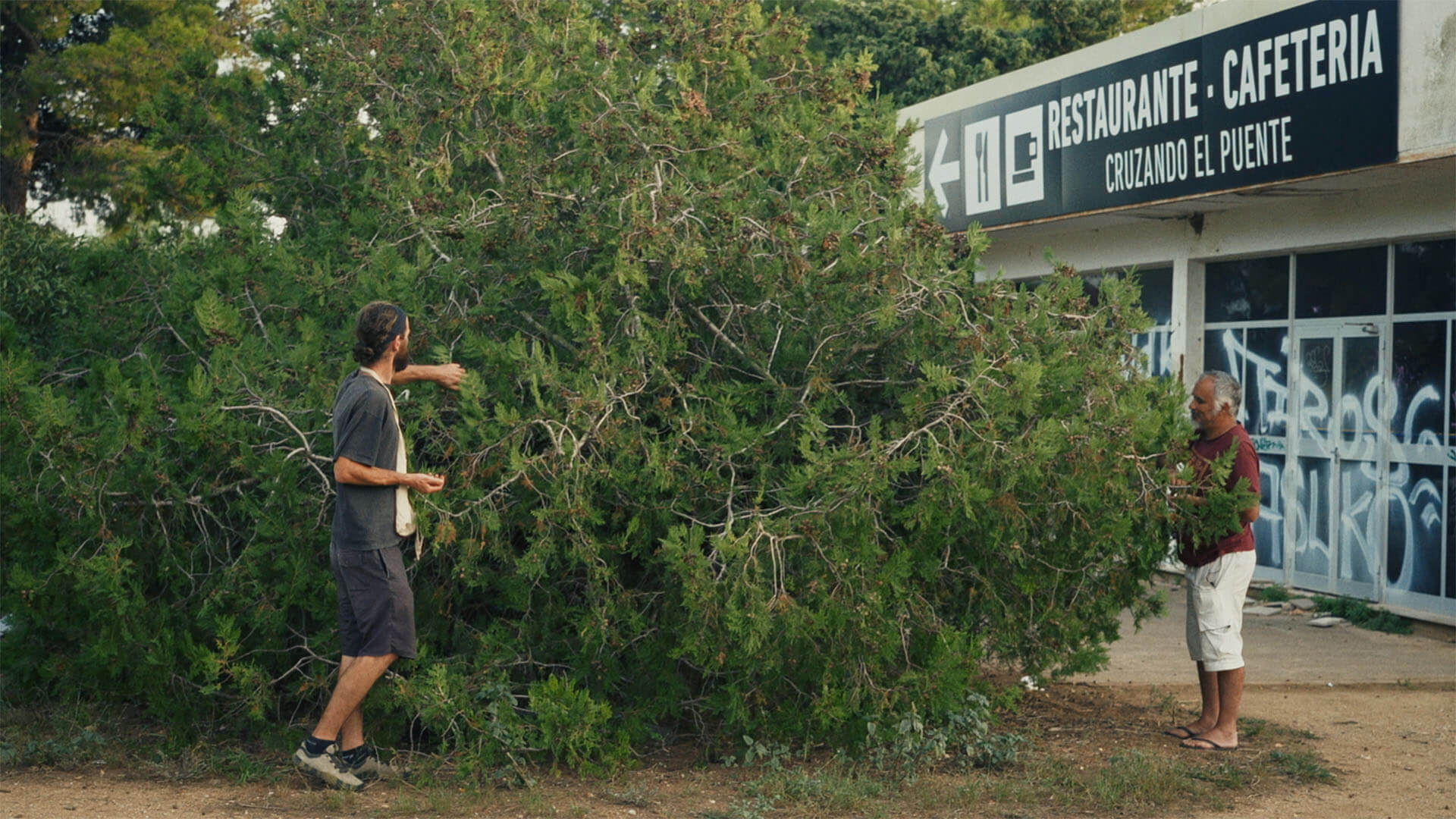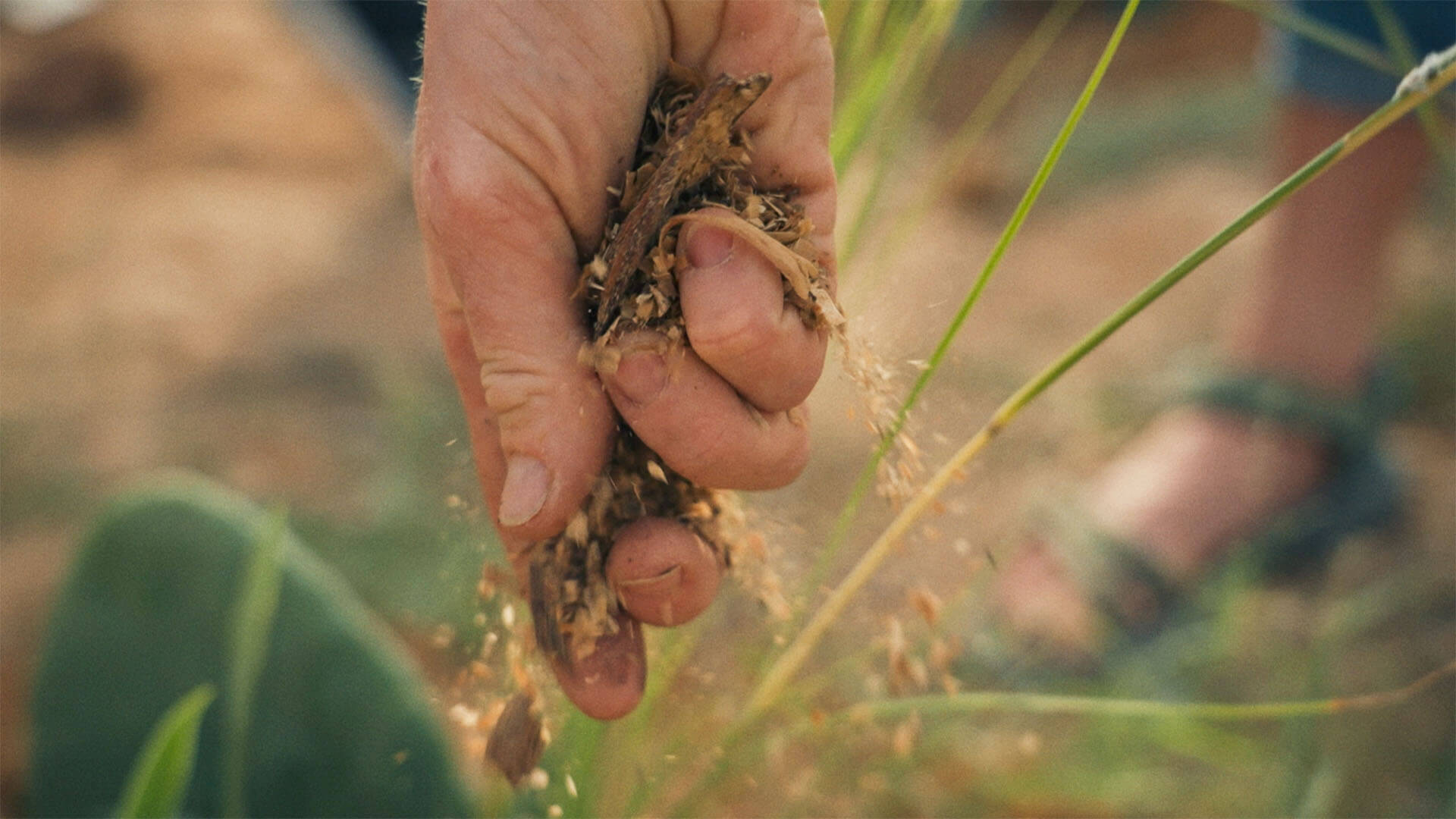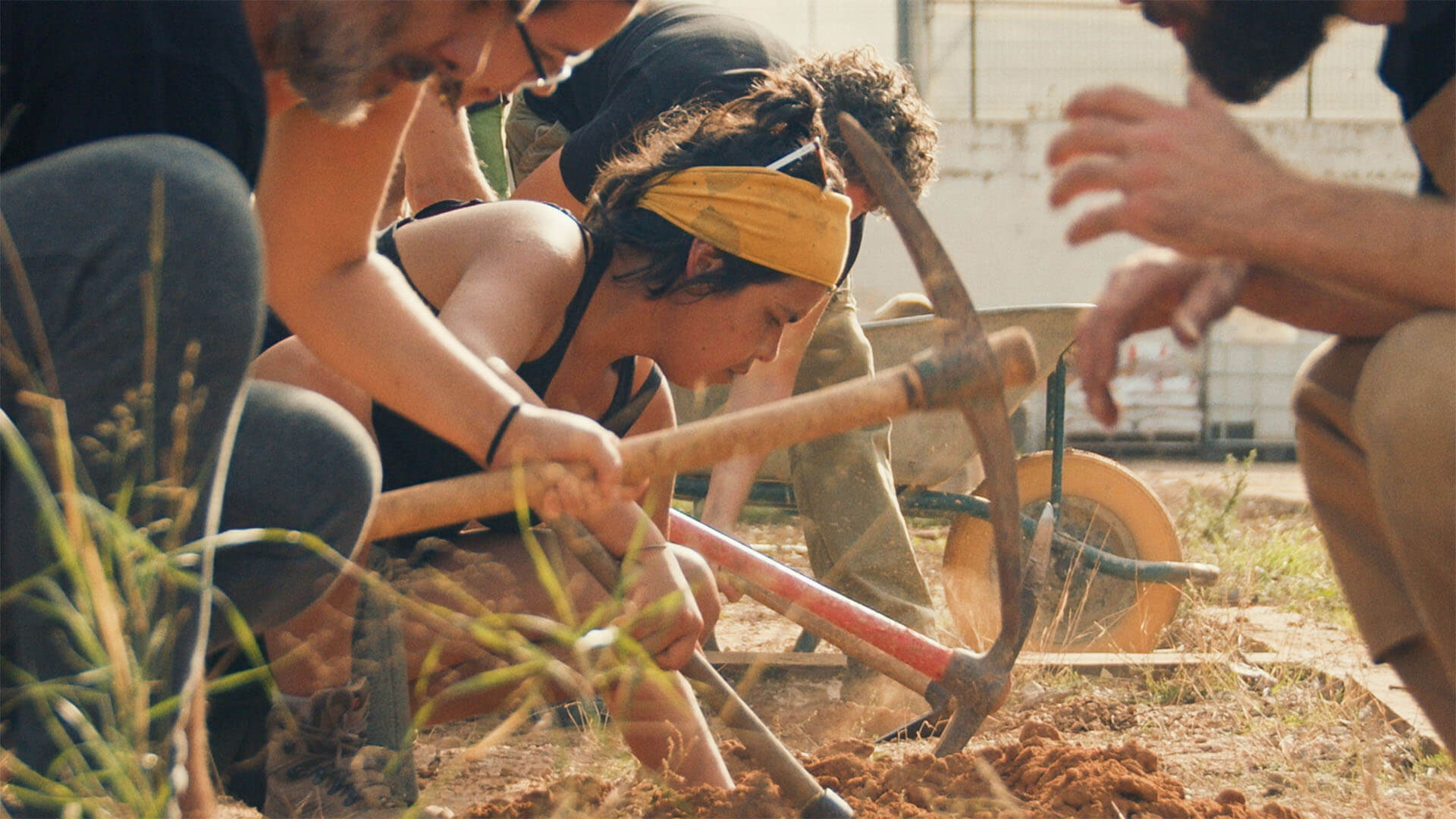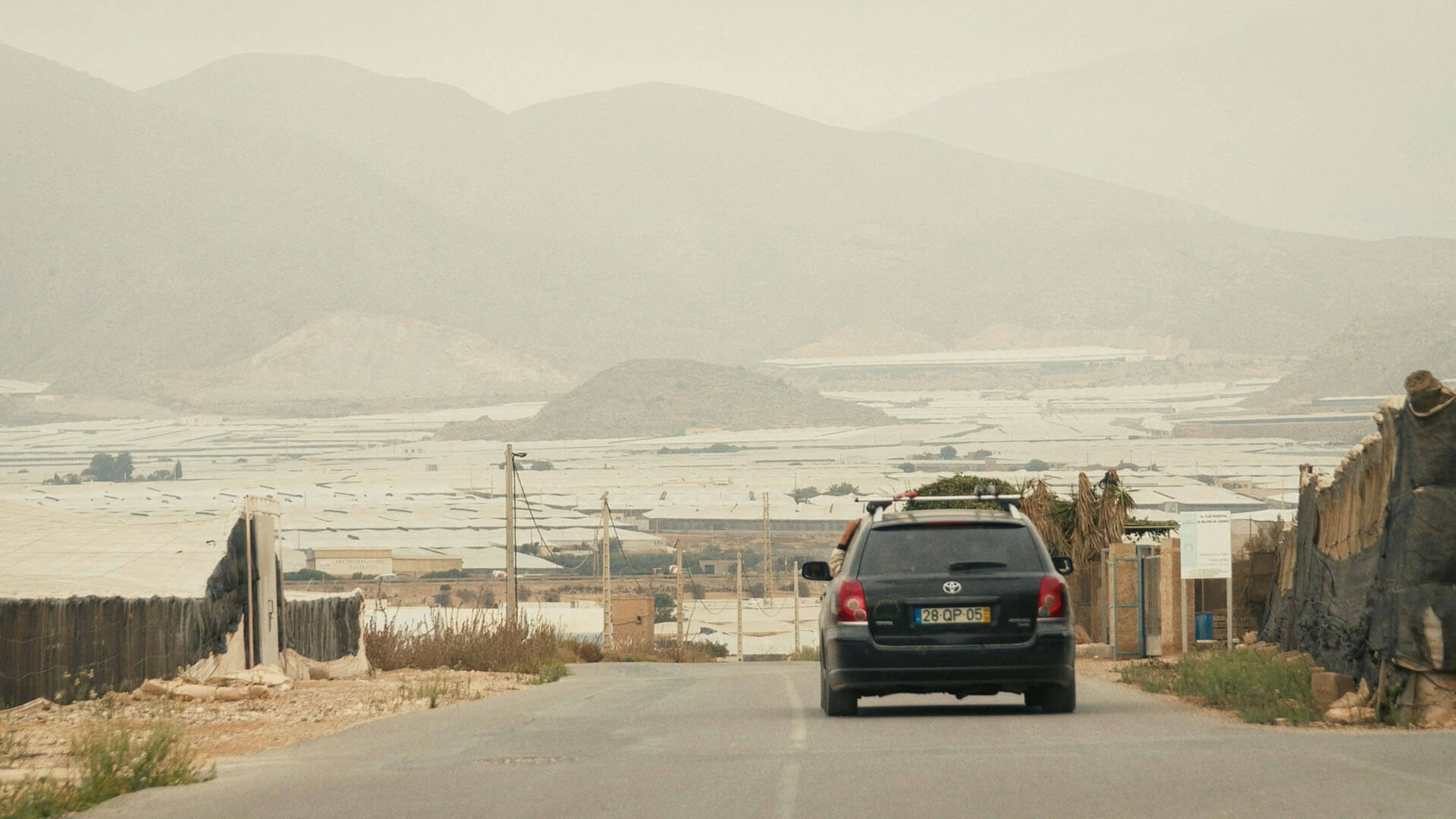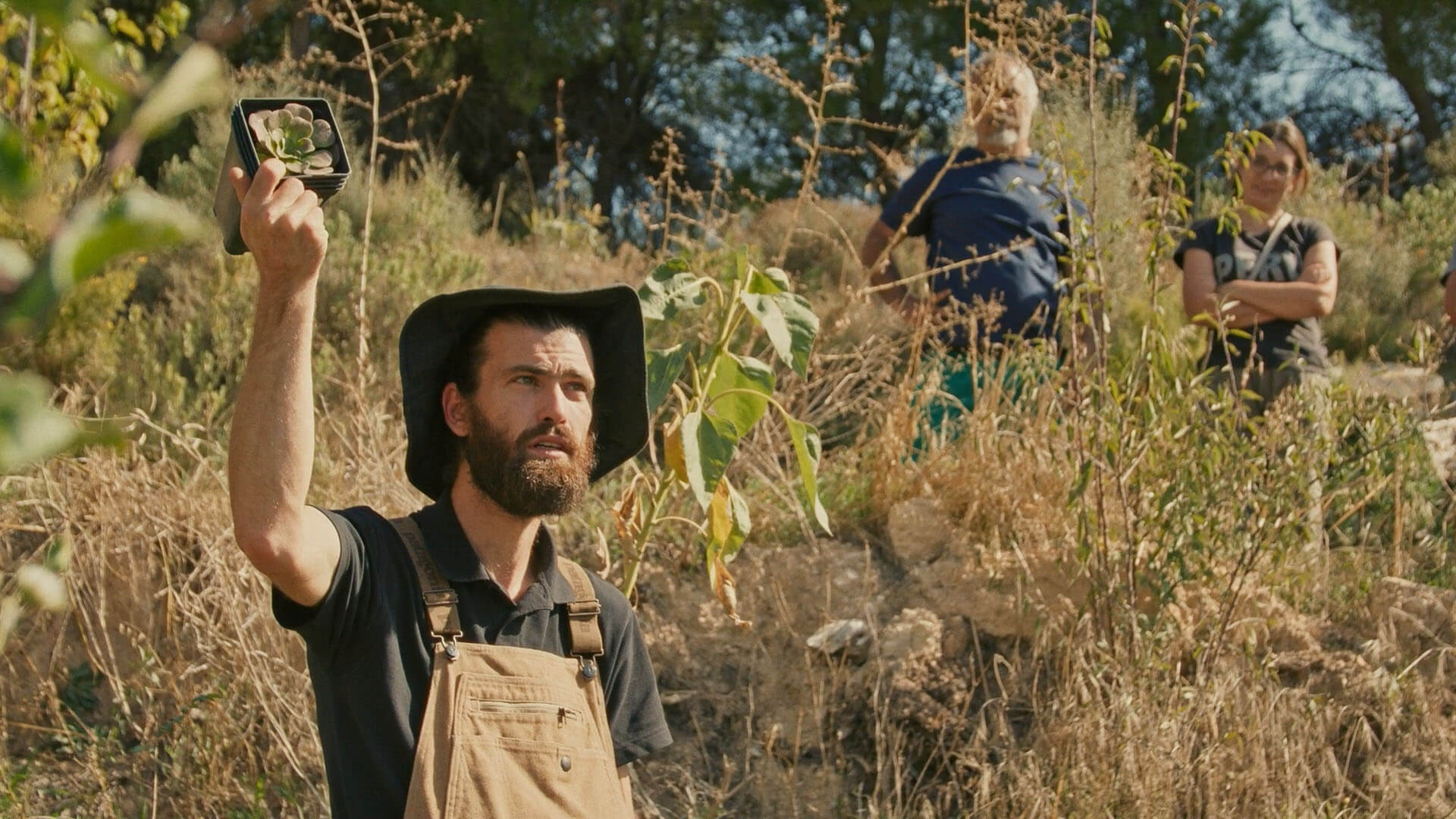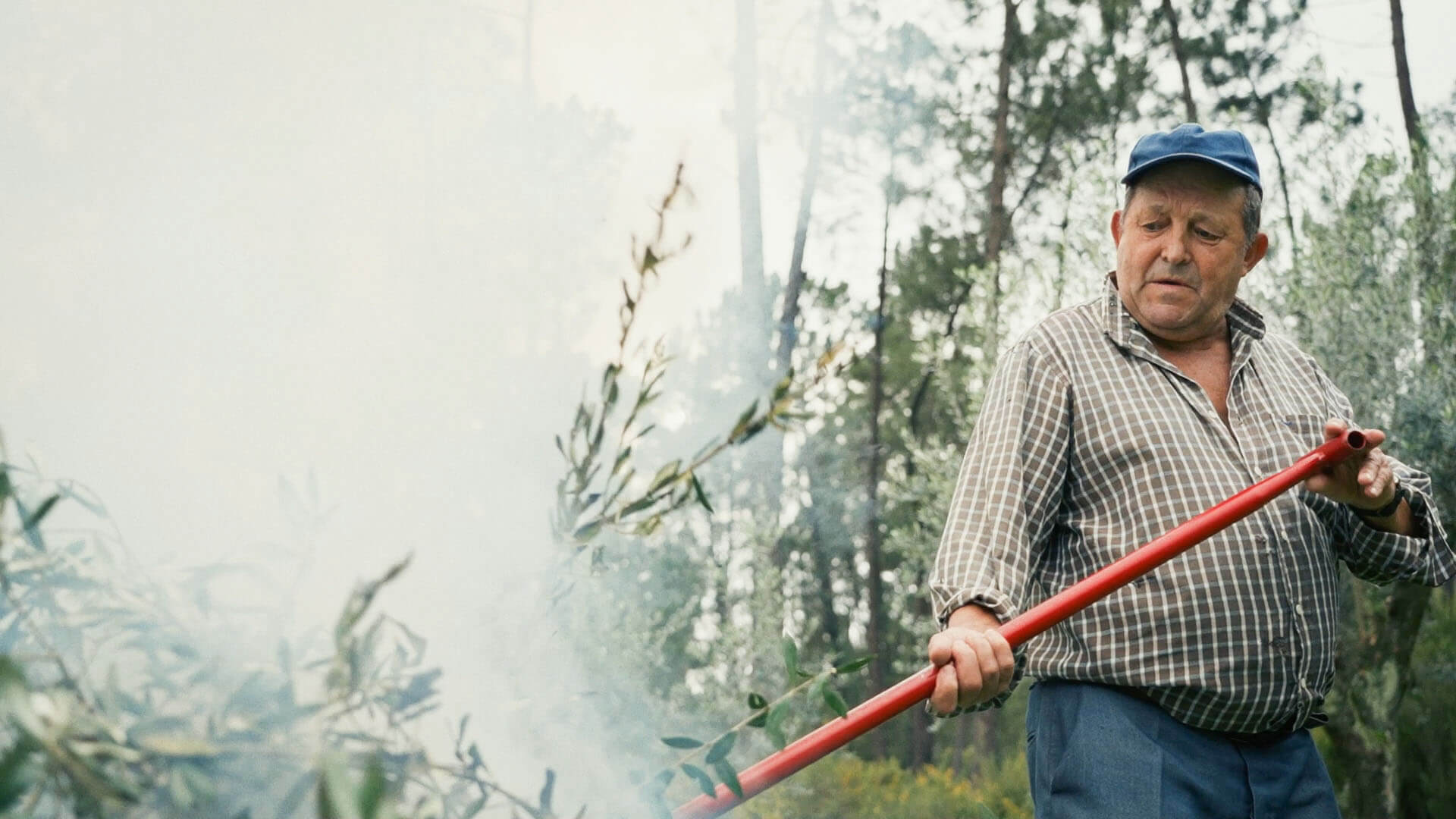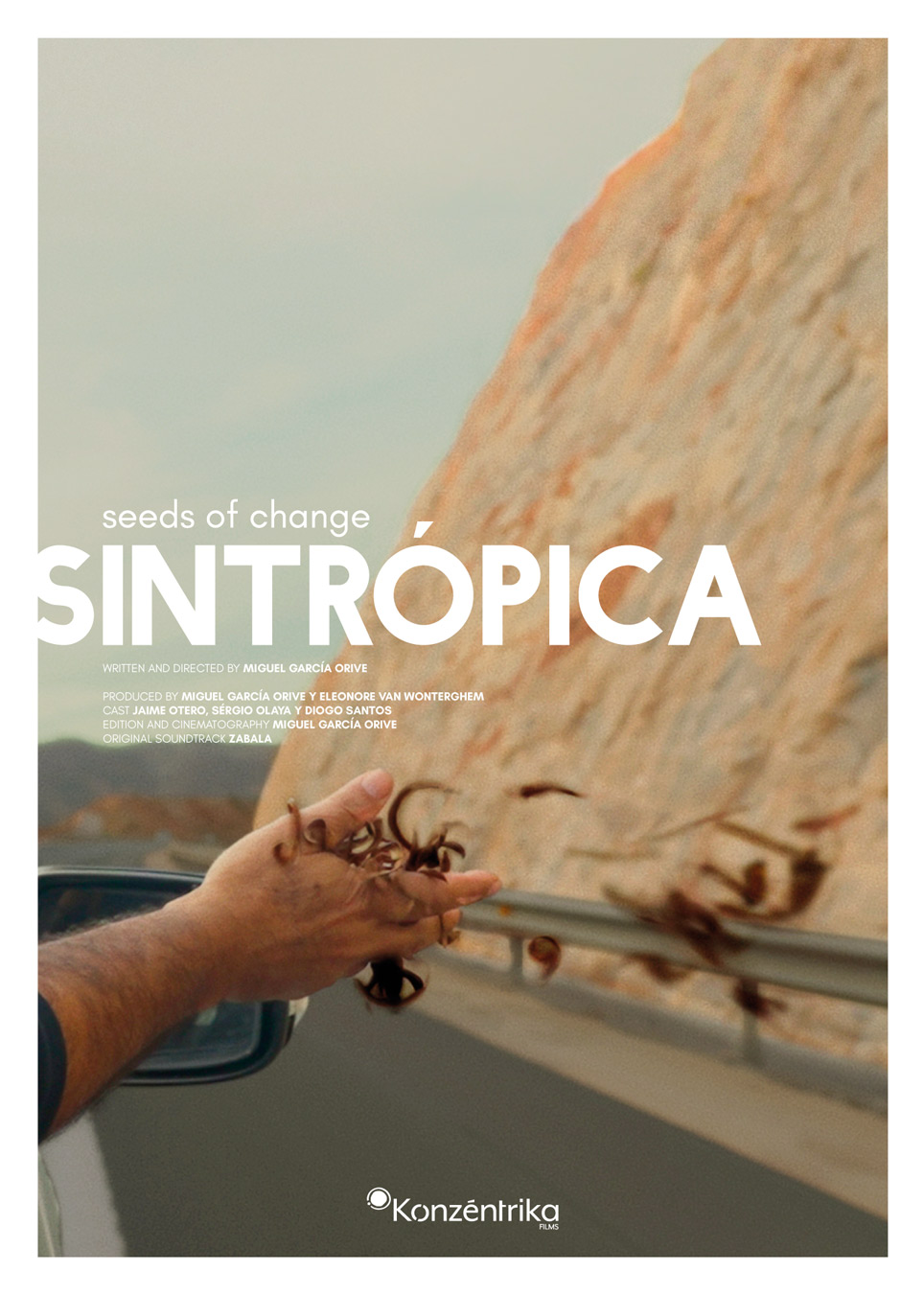
Synopsis
Jaime Otero, a passionate Galician farmer, and his companions Sérgio and Diogo, embark on an odyssey across the Iberian Peninsula, carrying with them the revolutionary philosophy of syntropic farming. This practice is inspired by the forest to produce food while regenerating ecosystems. Their adventure takes them through regions as diverse as Galicia to the sea of plastics in Almería, confronting us with the severe environmental crisis that conventional agricultural practices are leading us towards.
The collection and dispersal of seeds becomes the main tool for regeneration and the backbone of this road movie,in which countless people who are also looking for a paradigm shift are immersed in. .
Full of passion and hope, these three pioneers invite us to relearn and to look at nature with new eyes. Ultimately, they show us that our ability to transform our current reality will require a steady and collective effort.
Technical sheet
Producers: Miguel G. Orive and Eleonore van Wonterghem.
Direction and screenplay: Miguel G. Orive.
Cast: Jaime Otero, Diogo Santos, Sérgio Olaya.
Director of photography: Miguel G. Orive.
Edition: Miguel G. Orive.
Original Soundtrack: Zabala.
Sound edition: Ion Arenas and Xabi Aguirre.
The journey
Sintrópica sprouts in the summer of 2022 when we meet Jaime Otero and his practice of syntropic farming during a trip through Galicia. We are captivated from the very beginning by his discourse and his way of acting, which questions the way we usually relate to agriculture and nature. Inspired by this way of connecting with the land, we do not hesitate to join him on his journey through the Iberian Peninsula.
We recognize that cooperation is key to success. Inspired by nature, we opt for a crowdfunding campaign to support our project, imitating the interdependence of ecosystems. Sintrópica goes beyond being a simple documentary: it is a call to action to transform our relationship with nature and agriculture. We want to promote practices that respect the land and spread a message of hope, reminding us of our responsibility in caring for the world. Every action, word, and gesture counts towards a more sustainable future and a deeper environmental awareness. It is crucial that we assume our role in the regeneration of ecosystems.
Subscribe to our newsletter
Would you like to help us spread this message and cultivate a more prosperous future?
Your support in spreading the word is key. Only by acting together as a community can we sow the seeds of regeneration and harvest a more sustainable and vibrant world for future generations.
If you want to stay informed about the latest news from Sintrópica and access exclusive extra material, we encourage you to subscribe to our newsletter:
Gallery
Frequently Asked Questions
We help you clarify some of the most common doubts about syntropic farming.
A production of
